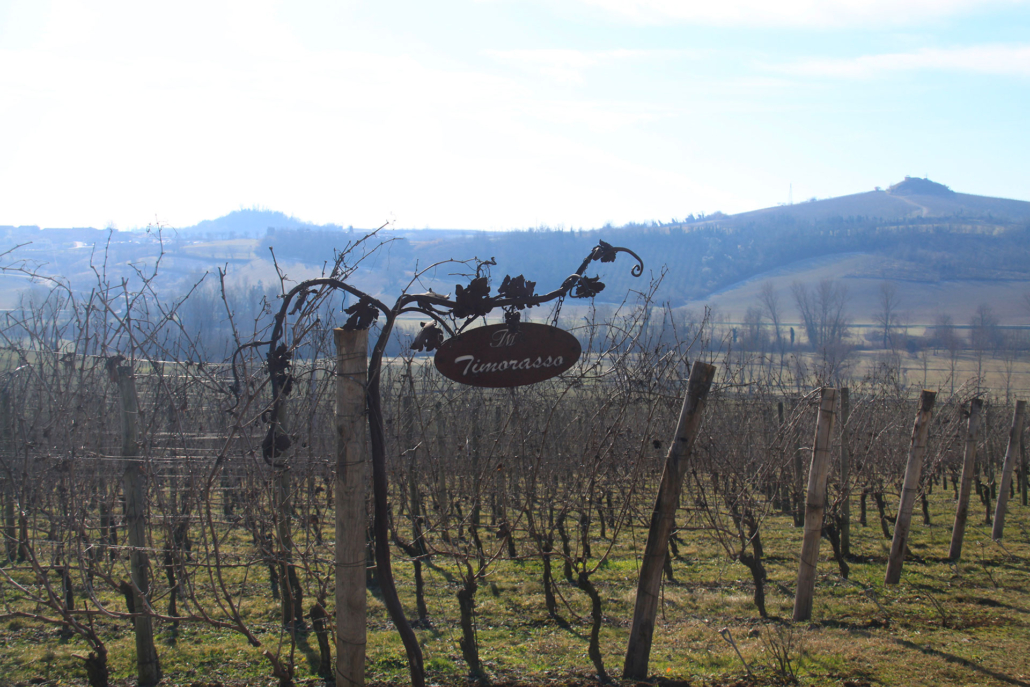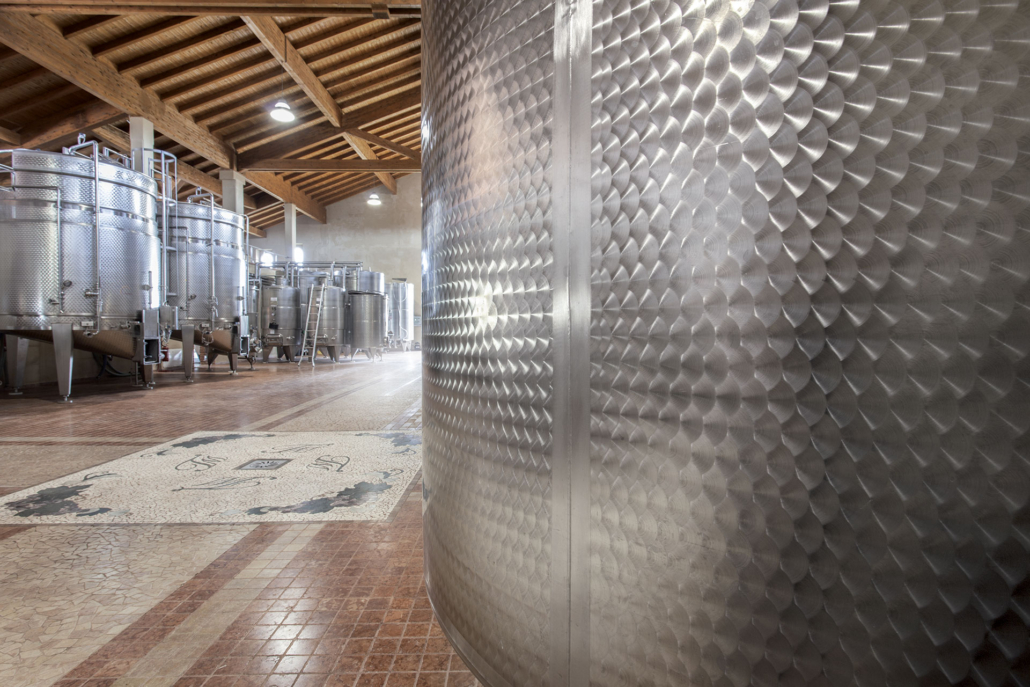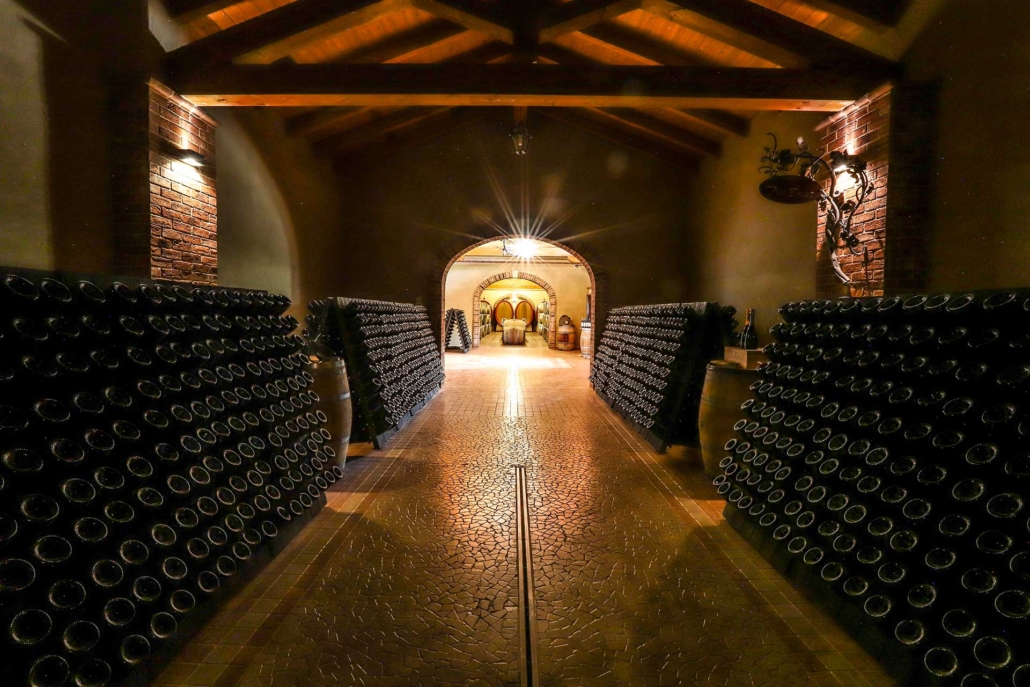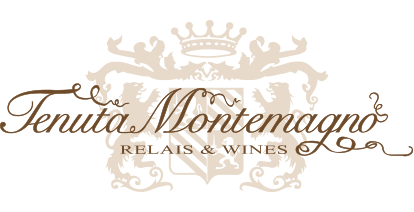Winter work in vineyard and cellar of Tenuta Montemagno
Article written in collaboration with Roberto Nantiat and Gianfranco Cordero, winemakers of Tenuta Montemagno
A question that we often hear during guided tours of the cellar: “… but in the winter months the cellar is closed so you are on vacation?”
It would be really nice to be able to rest for so many months, but nature never sleeps!
Thus, after the 2022 harvest, in Tenuta Montemagno, as well as in all wine cellars, we enter the period of winter and pre-spring activities of maintenance in the vineyard and wine processing in the cellar.

Let’s go back for a moment to October and November, when winter has not yet arrived in full force. In these months the plants marked out and cut during the months of July and August are removed to make place for the vine cuttings, planted in autumn and, after the cold months, in spring.
This is an important operation to always maintain a cultivation capable of ensuring a yield per hectare adequate to the production quantities expected in the years to come. It will take three years before the vine cuttings produce the precious fruits and can make their contribution to the production.
During the short days of the long winter months, ordinary maintenance works are carried out on the vineyard with the replacement of damaged poles and wires, in order to refine the arrangement and the supporting structure of the vineyard and prepare it for spring. We then proceed to observe the state of the soil after a year, 2022, characterized by extreme and persistent drought.
This year, to strengthen the root system of the vines, we carried out fertilization interventions with organic material; this operation ensures an increase in oxygenation for the nutrients present in the clods and improves the water retention conditions (during the expected rainy periods), and its release on sunny days.

It is very important that the soil is in the best possible condition as early as spring to create a water reserve capable of helping the vineyard during the vegetative restart.

Now let’s move to the cellar, where constant temperature and humidity reign, a perfect microclimate for storing wine. About the end of autumn, the alcoholic fermentations are completed. We then proceed with the cold setting of the tanks for the white wines, regulating them so that they maintain a constant temperature of around 6°/8° C.
In this way the malolactic fermentation (which would lead to an undesired increase in the alcohol content of the final product) is blocked.
For red wines, on the other hand, this fermentation is stimulated by regulating the temperature of the tanks around 20°C. The consequent result is a softening and biological stabilization of the wine. Once these activities have been completed, and we have now reached the middle of winter, we proceed with the refinement and then with the bottling.
The winter of 2022-2023 was distinguished, from a climatic point of view and at least for the first period, by anomalous high temperatures. After the first cold days of November and a light snowfall, temperatures have risen almost excessively. Even before the mid-November cold, the leaves remained on the plants; the autumn foliage took place late, signalling, in practice, that the plants perceived that winter had not yet arrived and, in turn, delaying the dormancy phase. All this will involve a careful and precise intervention by our agronomist who will serve, on the one hand, to evaluate the state of the vines and, on the other, to give indications about any ad hoc interventions to be carried out before starting the spring pruning.
We will talk about the final winter works and those of early spring in the next article dedicated to the works in Tenuta Montemagno, scheduled for March/April. See you soon!



